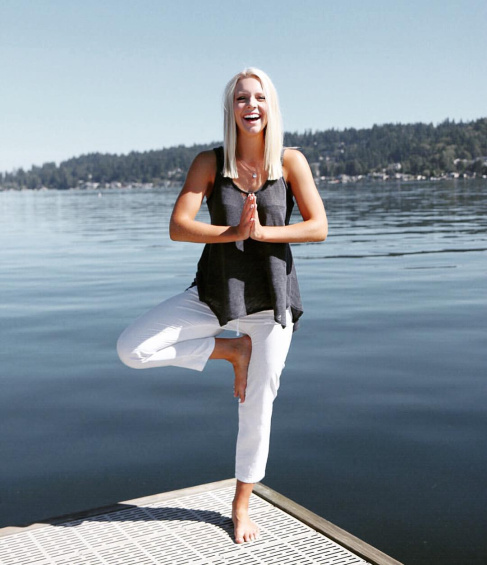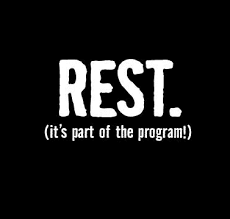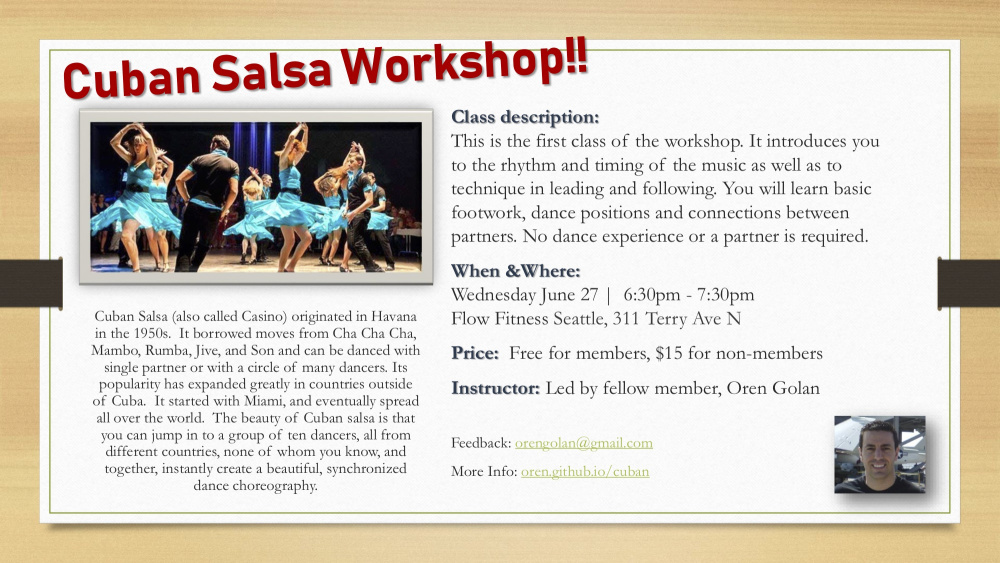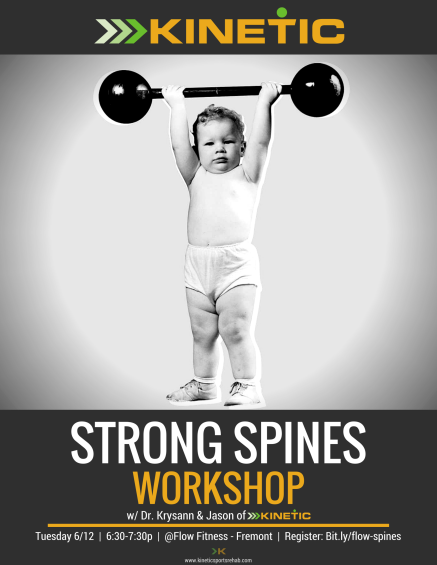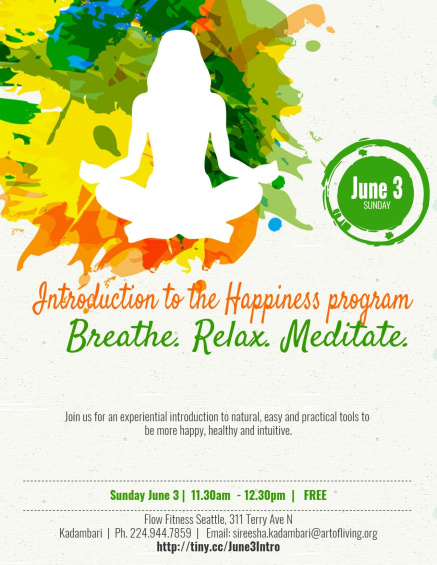Summer in the Pacific Northwest = time to get outside, right? Except for when you can’t, because aches and pains are getting in your way, or worse: you’re sidelined by injury. How can you stay outdoors, do everything you love to do and potentially reduce the occurrence of injury? Easy. Train inside to maximize running time outside.
And by training inside, I’m not talking about running on a treadmill or hitting the elliptical. Those are two very familiar pieces of equipment, and have their place in a training program (maybe) but in order to stay in prime movement shape you’ll want to get a little uncomfortable and hit these three areas (at least):
1) Explore all the planes. There are three planes of motion: sagittal (forward or backward:running), transverse (rotational: golfing/twisting), and frontal (side to side: jumping jacks). Most of us move through the majority of our days in the sagittal plane. As runners, that’s our area of strength – but in order to be truly strong, it is imperative to move in different planes of motion. Side shuffle, skaters, twisting, lunging diagonally, and more. Classes that have a variety of movement are great ways to break your plane. Cross training on the bike or the elliptical or stair machine is not, as it’s moving in the same plane as running. Your Challenge: learn about the planes of motion and aim to move in a different one this week.
2) Strengthen your backside. We are a quad dominant society, spending most of our days squashing our backsides by sitting. Many injuries originate in the hips, and get you in the knees. Strength training not only makes your stronger, it also increases joint stability, which can reduce repetitive stress injuries. Your Challenge: Squat. Deadlift. Do some clam shells and leg swings. Strengthen that hip girdle, core and those glutes. You won’t be sorry.
3) JUMP, HOP, AND SKIP. Frog jumps, jump squats, skipping, high-knees = plyometric training. Plyometrics can improve your running economy. When your foot lands with each running stride, your tendons and muscles store elastic energy, which can be utilized for the subsequent push off the ground. The better you utilize this energy, the better your running economy becomes. Jumping/skipping/hopping are good and good for you. Your Challenge: add some play to your workout this week. Plyometrics aren’t easy, and are not always fun – but they can do wonders for your ability to move.
Choose one of these areas (or challenges) once a week. Strength training in many different forms results in stronger joints, better efficiency and a longer time to exhaustion. Put simply, you’ll be able to run faster, longer and stronger.
Now get outside!



